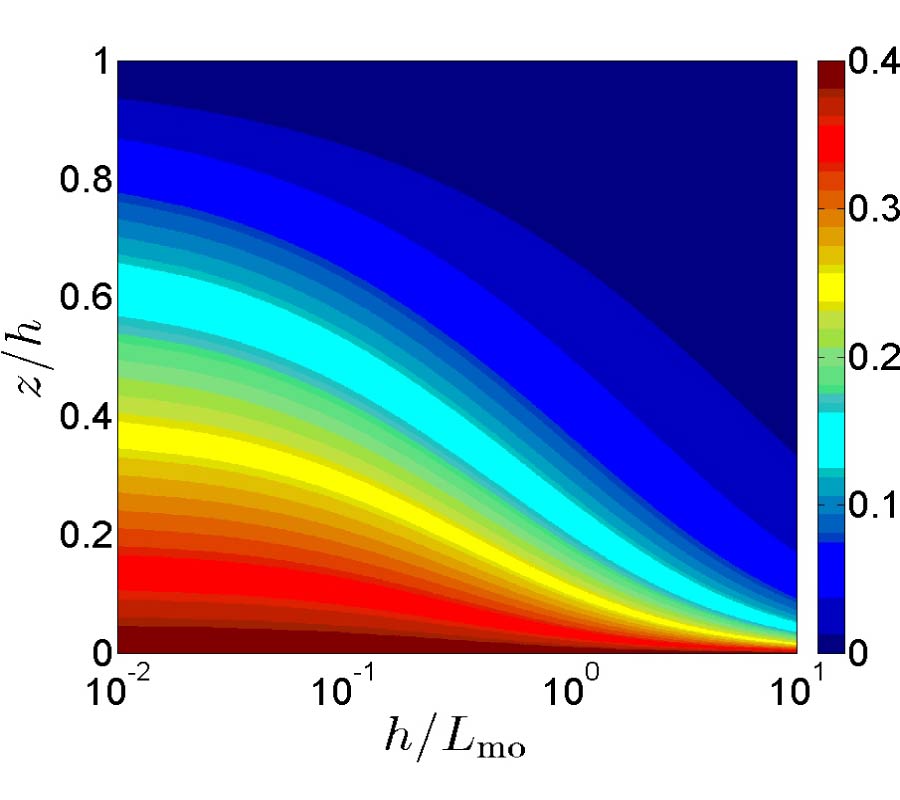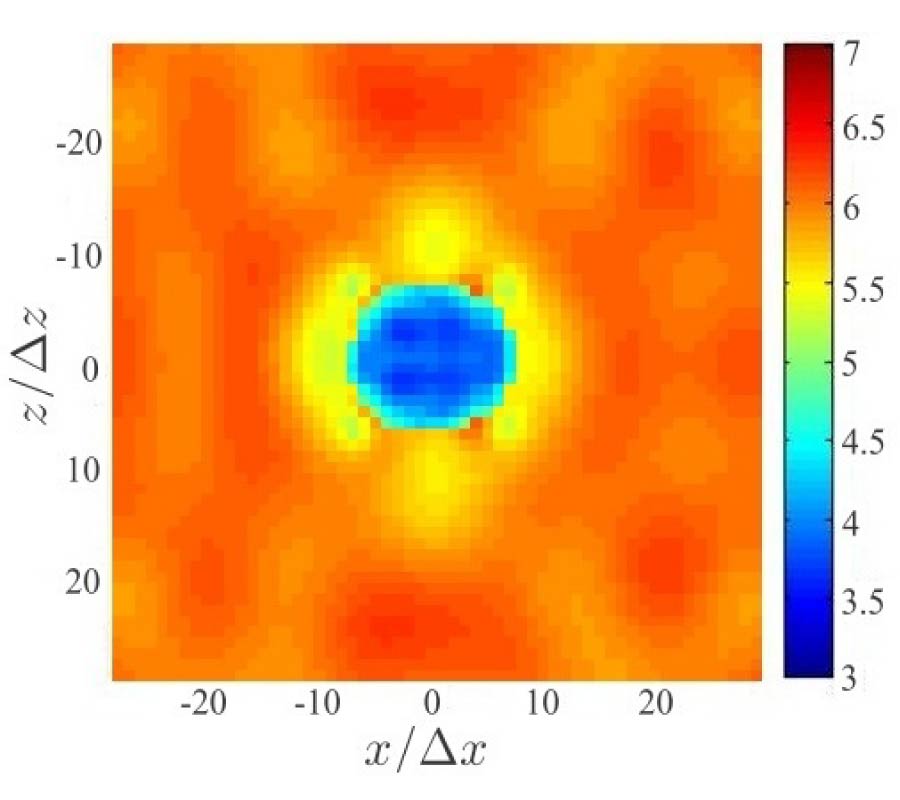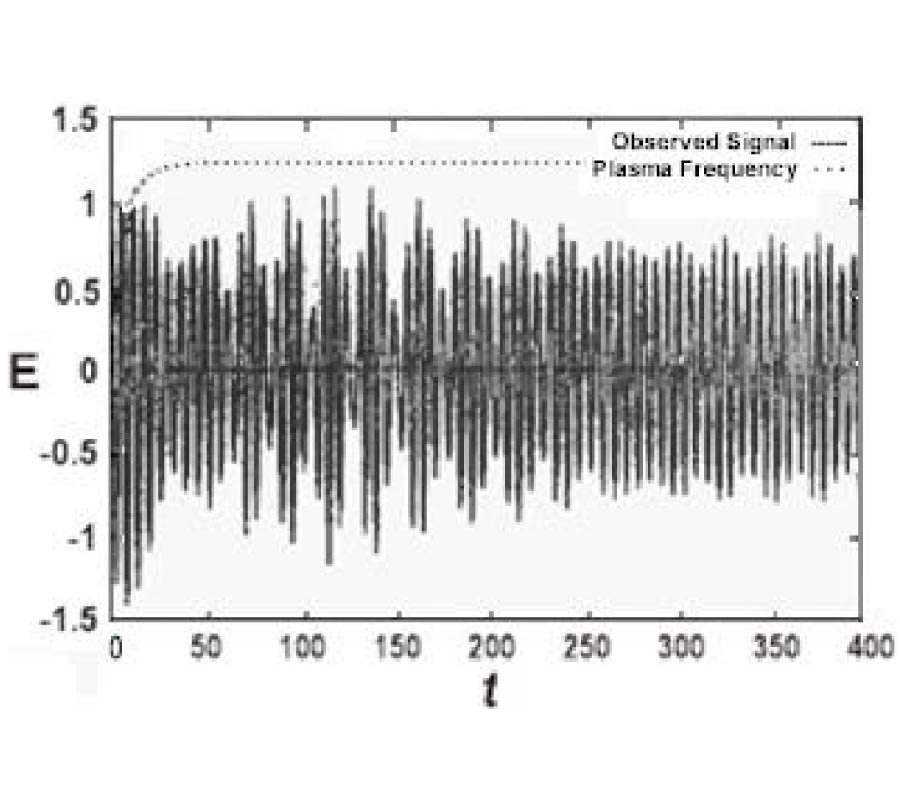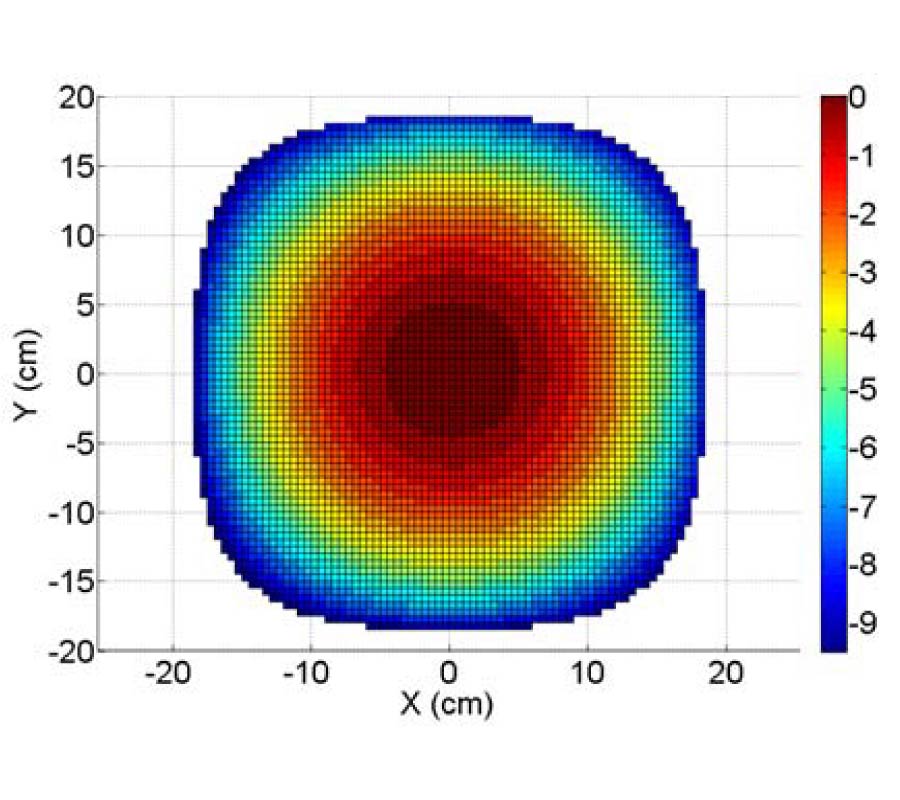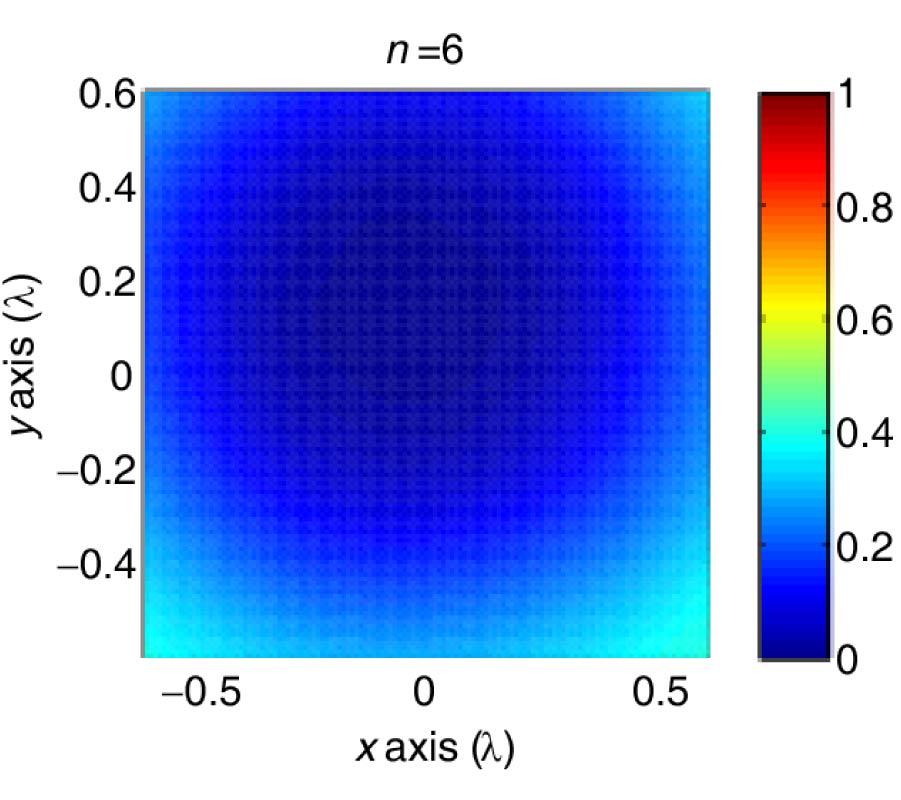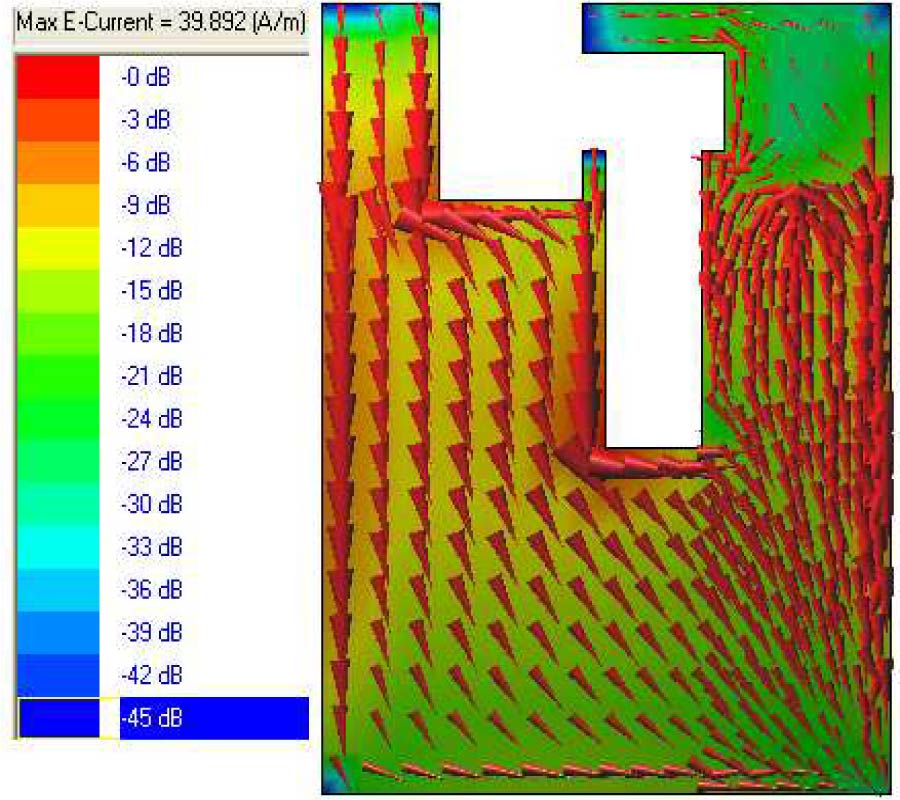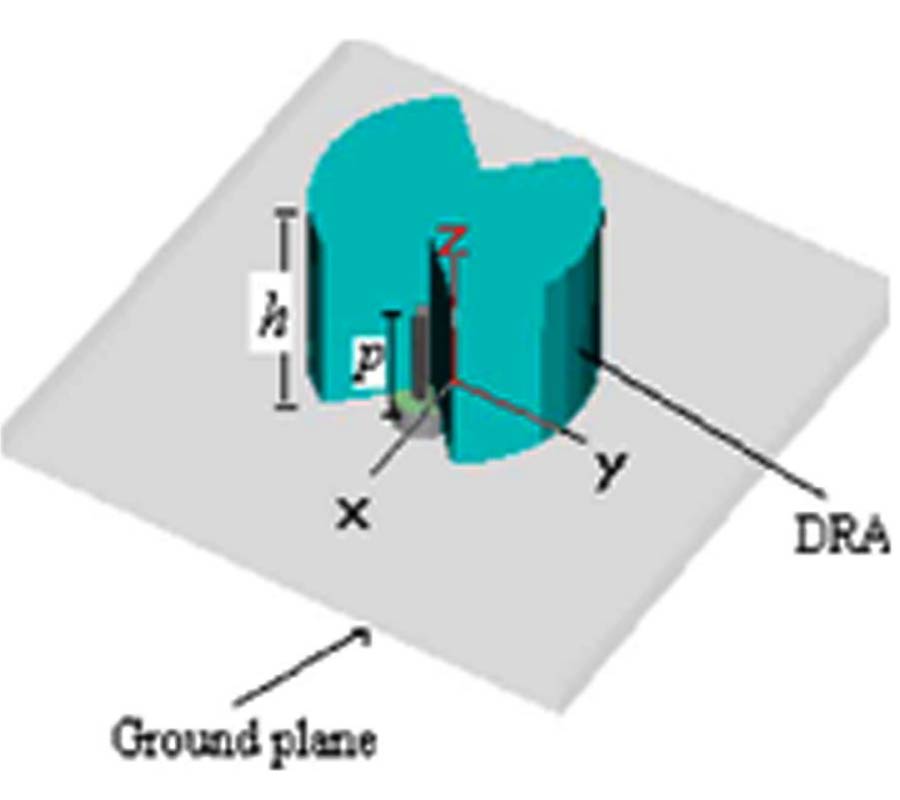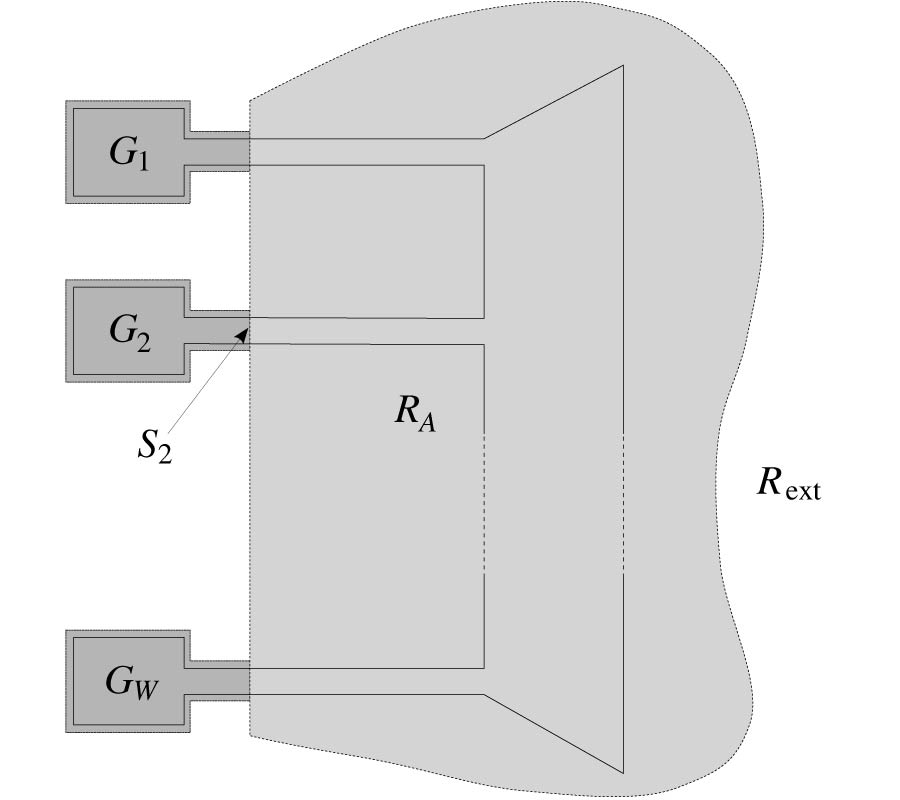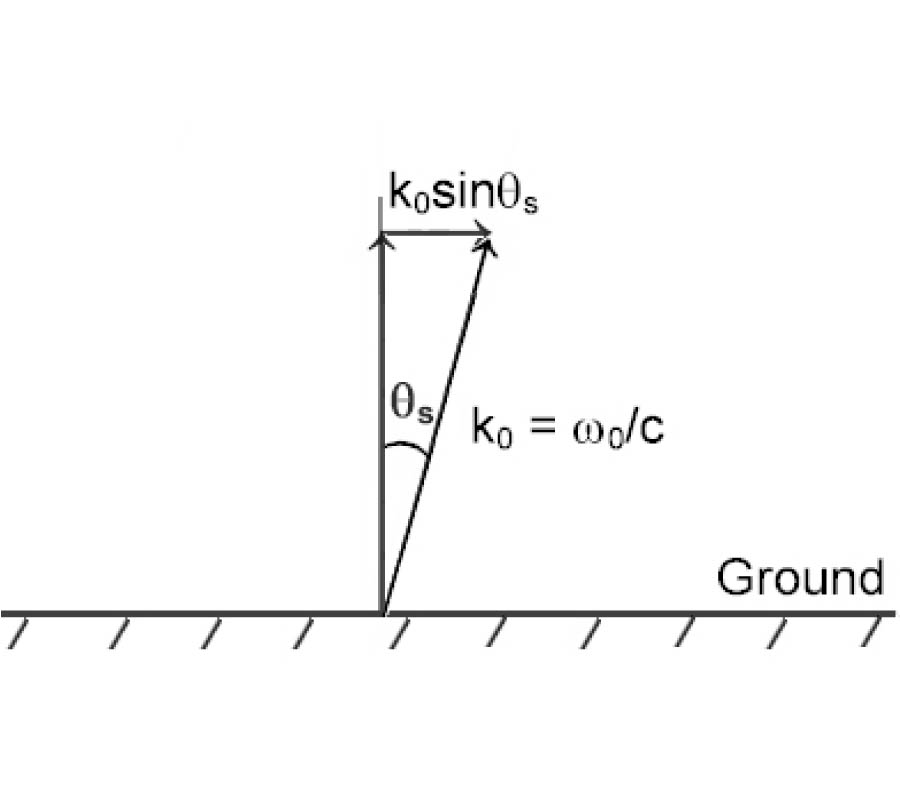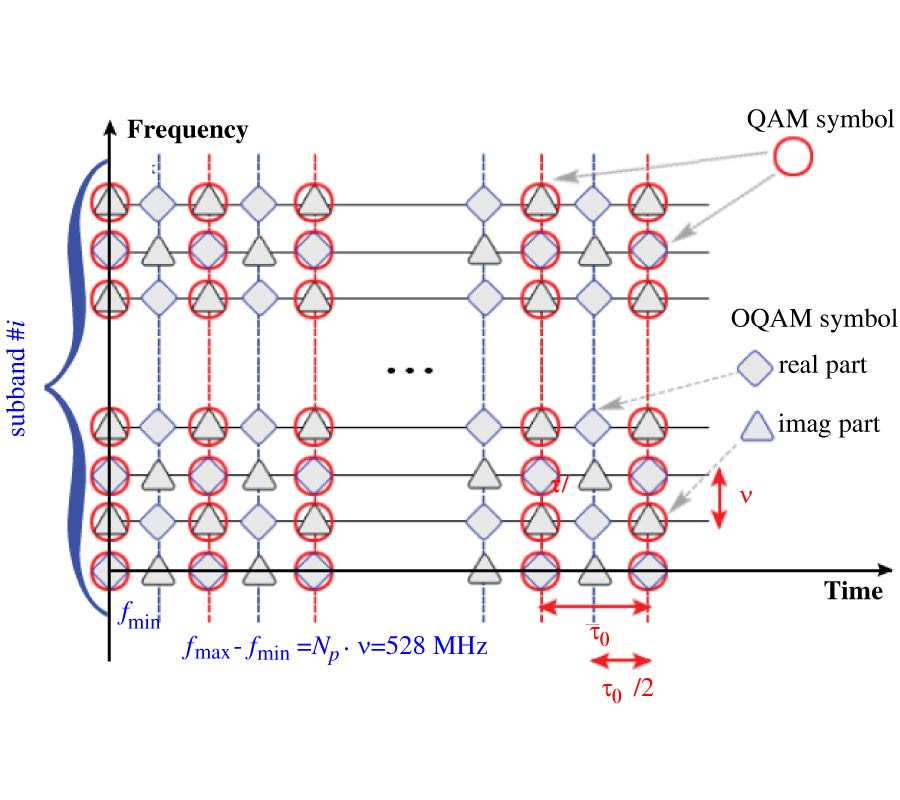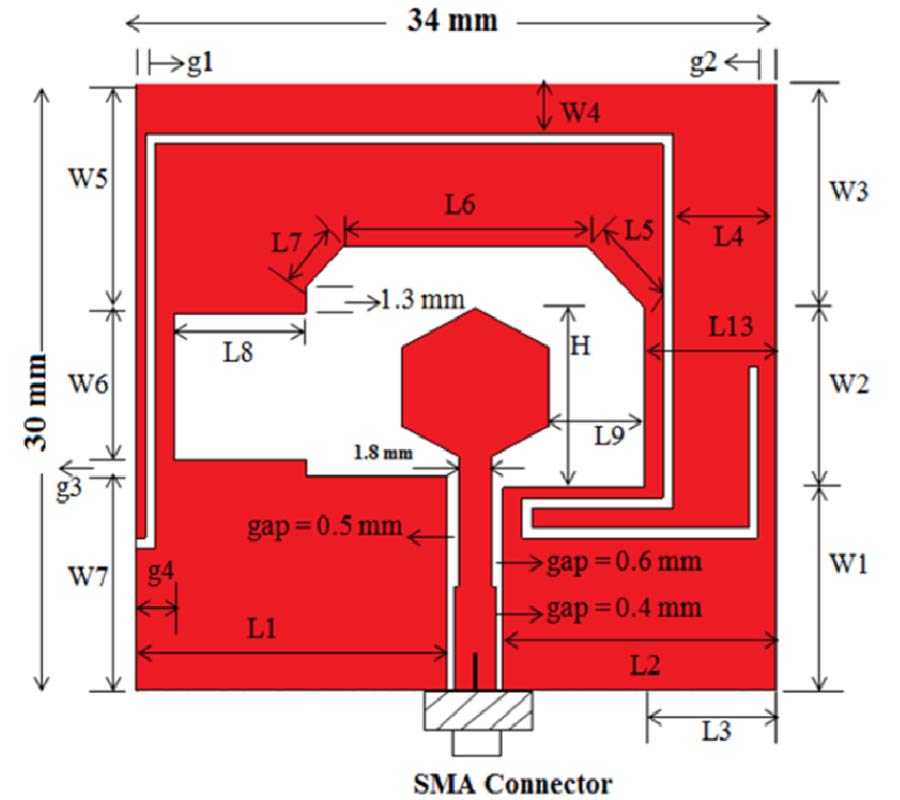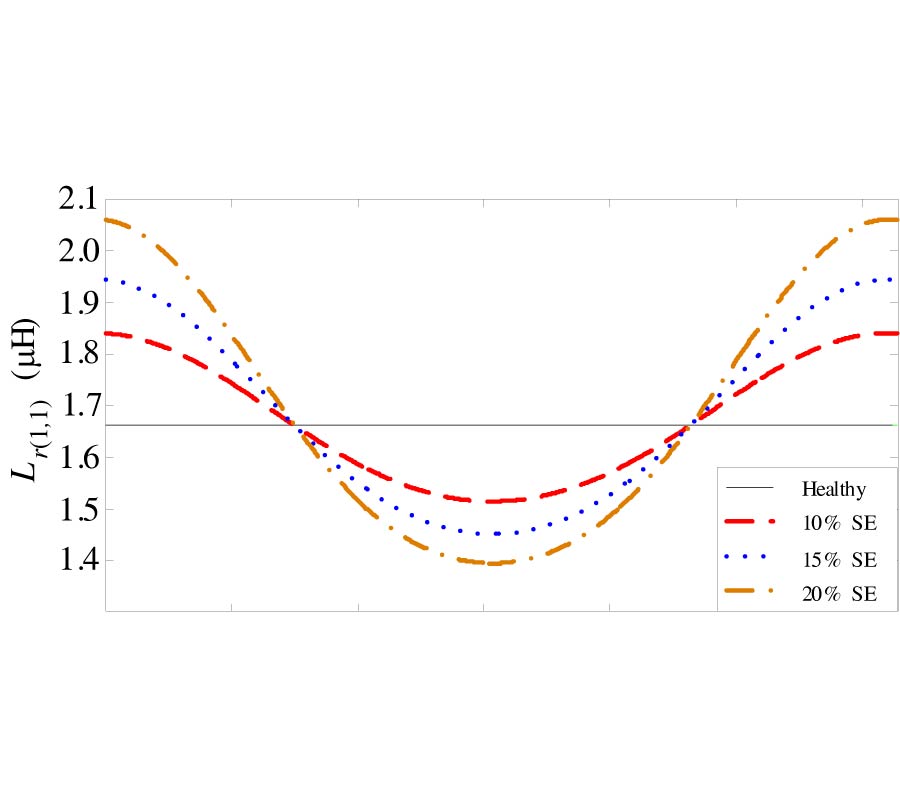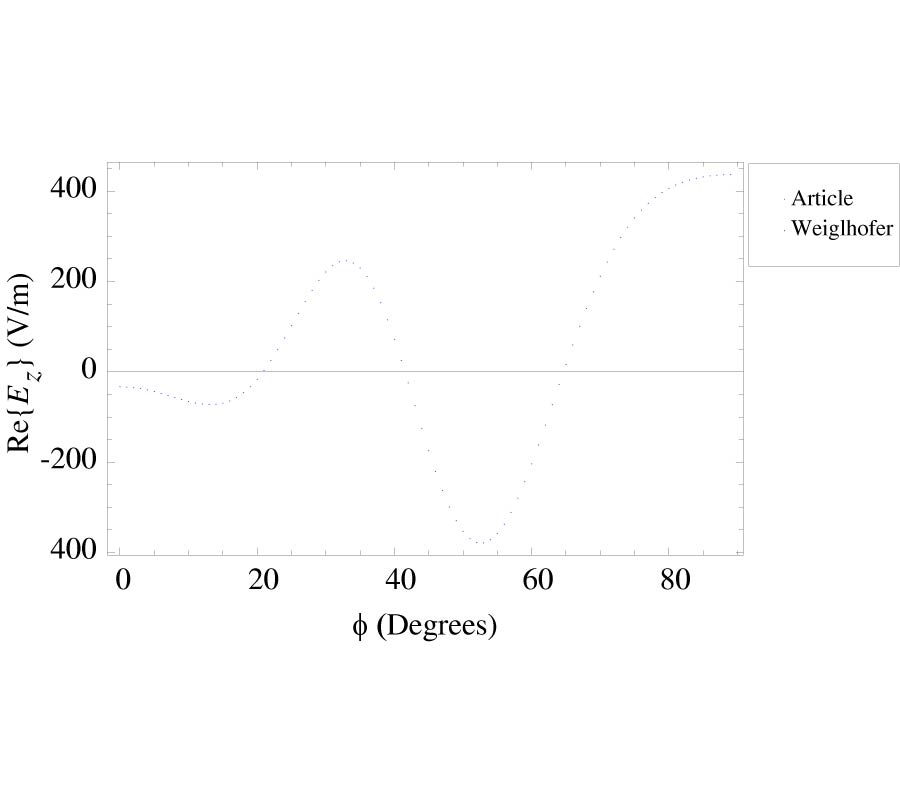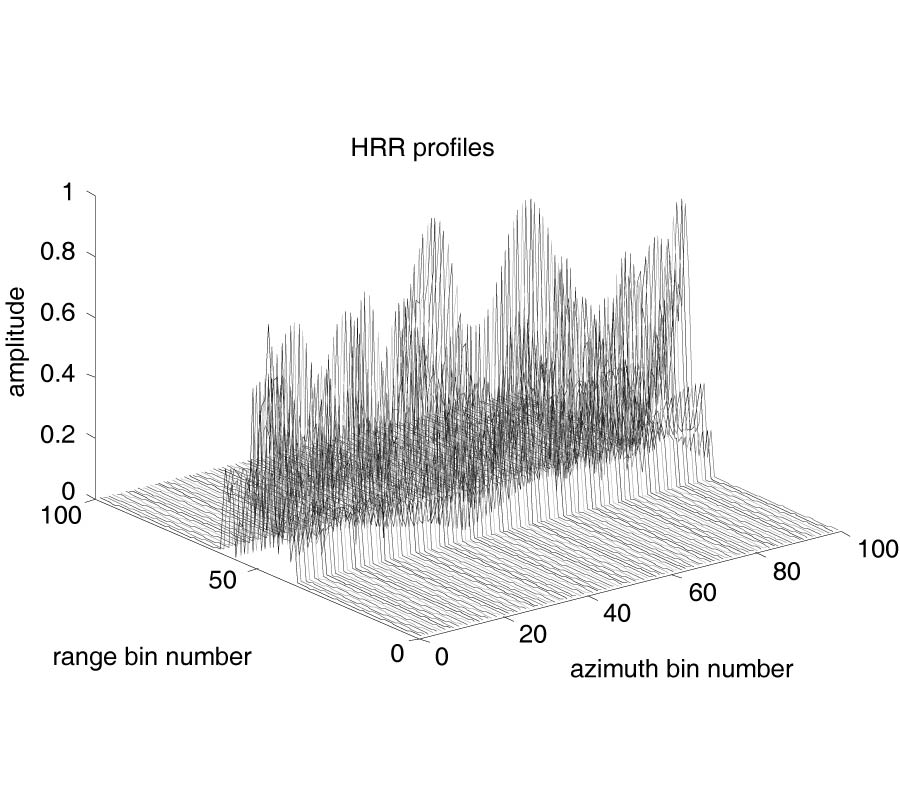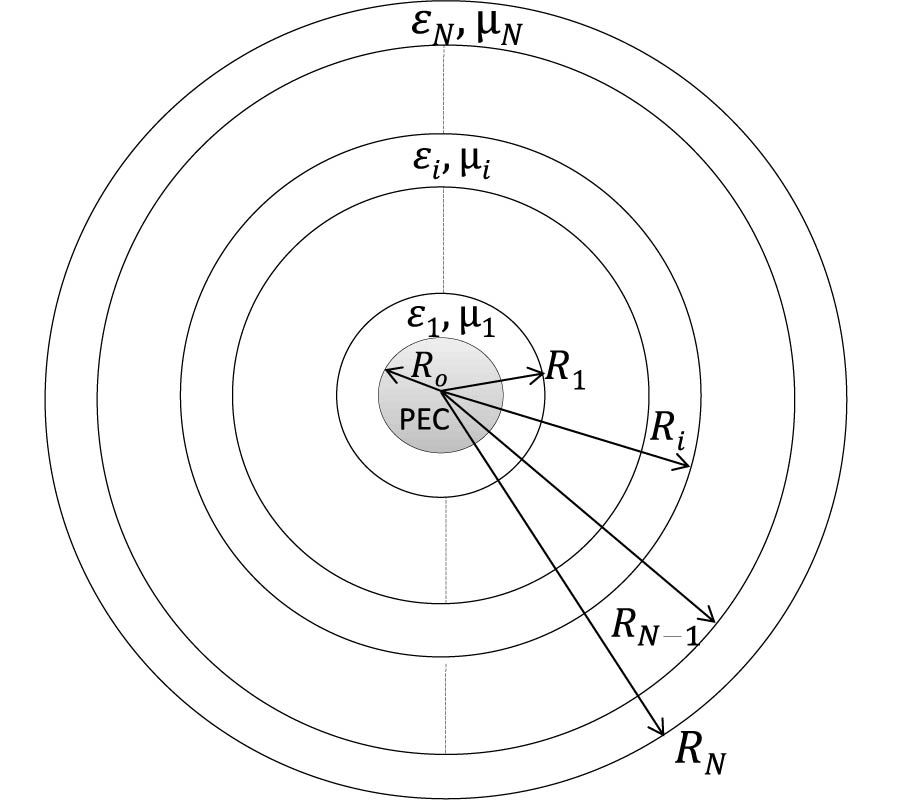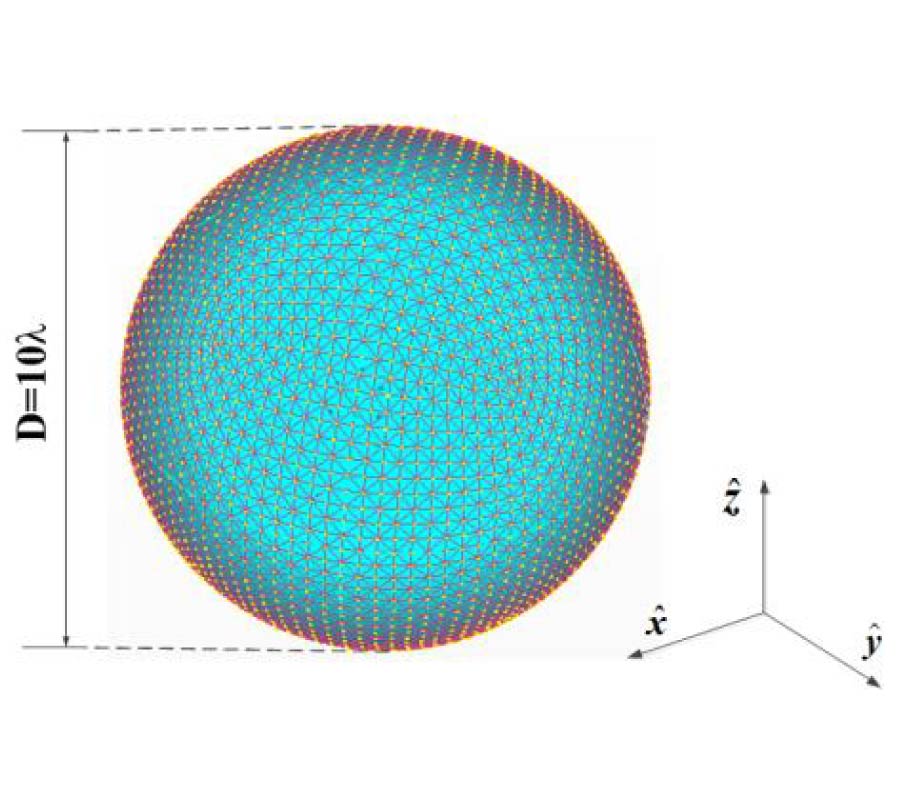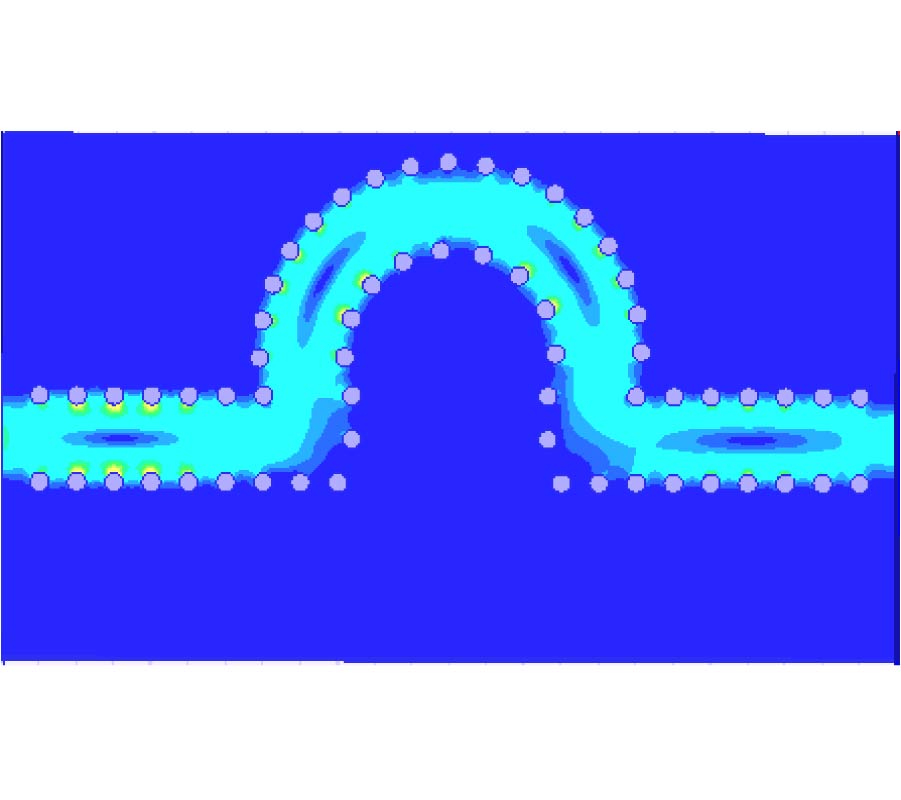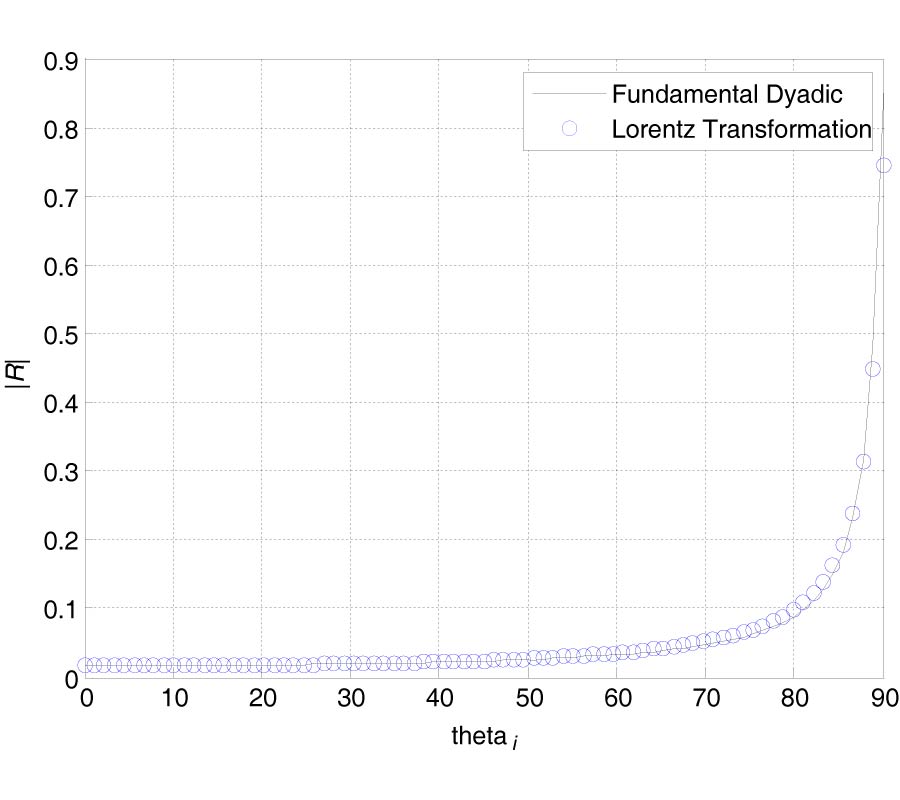Bistatic RCS Prediction of Composite Scattering from Electrically Very Large Ship-Sea Geometry with a Hybrid Facet-Based Ka and Shadow-Corrected Greco Scheme
Mingyuan Man,
Zhen-Ya Lei,
Yong-Jun Xie and
Xiaofeng Li
This paper presents a hybrid scheme for fast calculation on the bistatic composite scattering from electrically very large ship-sea geometry at high frequencies. Based on the Kirchhoff approximation (KA), we try to break the large-scale sea surface into myriads of plane facets, then derive the Kirchhoff integration analytically on each individual discretized facet. The analytical expression obtained, so-called the ``facet-based Kirchhoff approximation (FBKA)'', is suitable for a quick scattering calculation on the electrically very large sea surface, since it is beyond the intensively refined meshes as the usual Monte Carlo implementation does. Meanwhile, combined with graphical electromagnetic computing method (GRECO) to extract the illuminated and shadow facets in accordance with the incident direction, the conventional physical optics method (PO) is improved by employing current marching technique (CMT) to calculate the currents in the shadow region. The shadow-corrected GRECO is presented in this hybrid model to solve the bistatic scattering from complex and very electrically large perfectly electric conducting (PEC) objects. The accuracy of the shadow-corrected GRECO is confirmed well by exact numerical methods, especially at large scattering angles. The electromagnetic interactions between the ship and sea surface are estimated by the famous ``four-path model'', which has been proved to be valid for ship scattering at relatively calm sea state. Several numerical examples have been presented to demonstrate the efficiency and accuracy of the proposed hybrid method.
